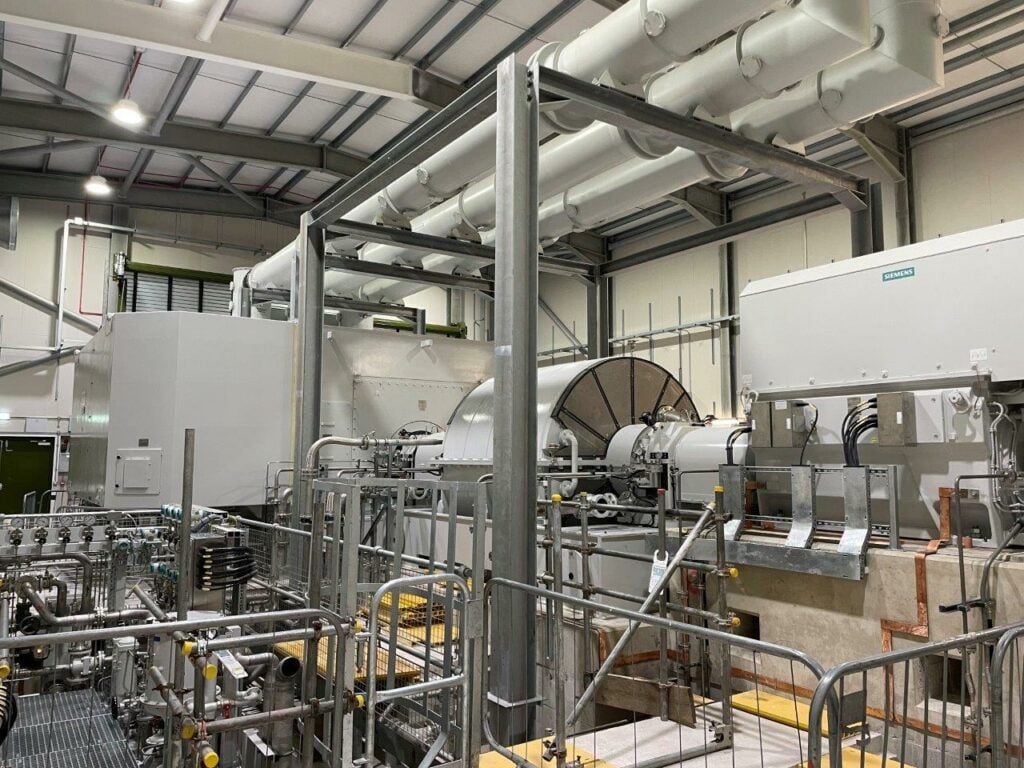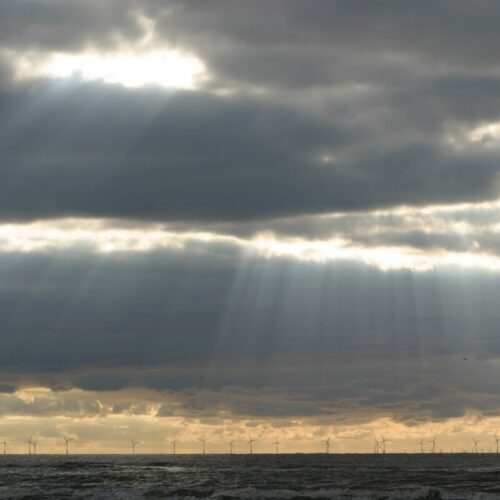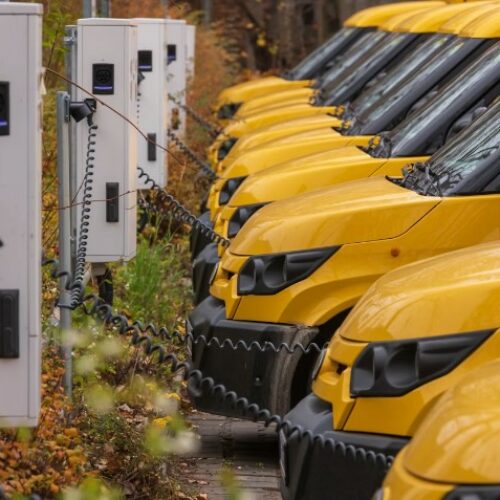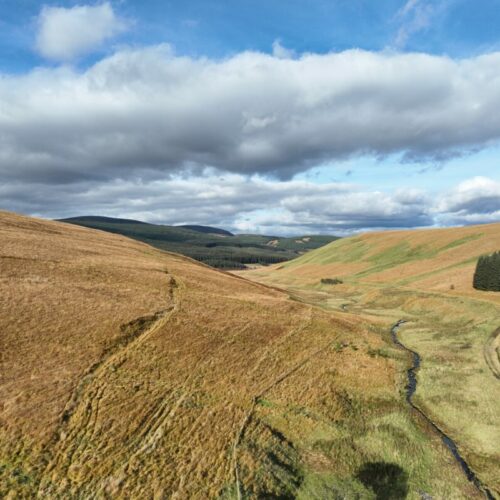Renewables investment manager Quinbrook Infrastructure Partners has commissioned a new synchronous condenser installation at Rassau, in Ebbw Vale, South Wales.
Work began on the Rassau Synchronous Condenser in September 2020, after Welsh Power was awarded a world first contract to provide inertia at the site, which includes a flywheel, earlier that year.
Quinbrook partnered with Welsh Power and Siemens Energy for the construction of Rassau, which is able to provide grid stability services include inertia, short circuit power to ensure a reliable operation and reactive power for voltage control.
“Rassau is an excellent and timely example of how the energy transition has moved well beyond wind and solar,” said Rory Quinlan, co-founder and managing partner of Quinbrook.
“Additionally, by creating substantial employment opportunities and investment in the communities around the locations of Rassau and the wider Pathfinder portfolio we are proposing, we have the ability to directly support the UK government’s levelling up agenda to reduce geographic inequality across the country.”
During construction, more than 300 personnel were employed on site.
Inertia has previously been provided by large synchronous power plants, predominantly gas and coal fired. With the transition to renewables in the UK there are fewer synchronous power plants, therefore it’s increasingly important to develop new sources of inertia – along with reactive power – to ensure the stability of the grid.
As such, National Grid ESO launched its Stability Pathfinder Programme to source new forms of stability provision. This led to the operator offering five six-year contracts – worth £328 million – in January 2020, including the Rassau contract.
The other winners included Statkraft being awarded a contract to develop two “Greener Grid Parks” in Liverpool and Keith, Scotland. GE’s Rotating Stabilizer synchronous machines will be used in Keith to help provide stability services.
Triton Power also won a contract to repurpose two gas turbines at its Deeside Power Station to provide inertia and reactive power to National Grid ESO.
Drax was awarded a contract and has started providing inertia through its Cruachan hydroelectric pumped storage plant. The final inertia contract was awarded to Uniper, which announced that Siemens Energy had been appointed to deliver rotating grid stabilisation technology at Killingholme in Lincolnshire and Grain in Kent in December 2020, where it is repurposing steam turbines and flywheels.
These five contracts – which form Phase One of the Pathfinder Programme – are expected to collectively save consumers up to £128 million over six years.
Beyond these contracts, National Grid ESO this week also announced a significant Grid Code modification that will allow renewables to provide stability services. Using virtual synchronous machine capability, renewables will now be able to respond quickly to system conditions, simulating the response of a traditional synchronous plant.
“The innovative technology solution at Rassau is the first of many such facilities needed to manage grid stability as we transition to net zero,” said Alastair Fraser, chief executive of Welsh Power.
“Welsh Power’s partnership with Quinbrook allows us to play an exciting role in the development of this market and I am proud of the whole team effort needed to deliver this groundbreaking project from concept to operation in two years.”
Quinbrook is increasingly looking to establish its role within the UK’s energy transition, and in 2021 acquired Habitat Energy, Flexitricity and Velox Power.
“We view the UK’s ‘net zero’ transformation as an unprecedented investment opportunity with a diverse array of attractive thematics,” added Quinlan. “Quinbrook targets the next generation of critical infrastructure investment that arises directly from the maturation of renewables as the dominant source of power in the UK.”





